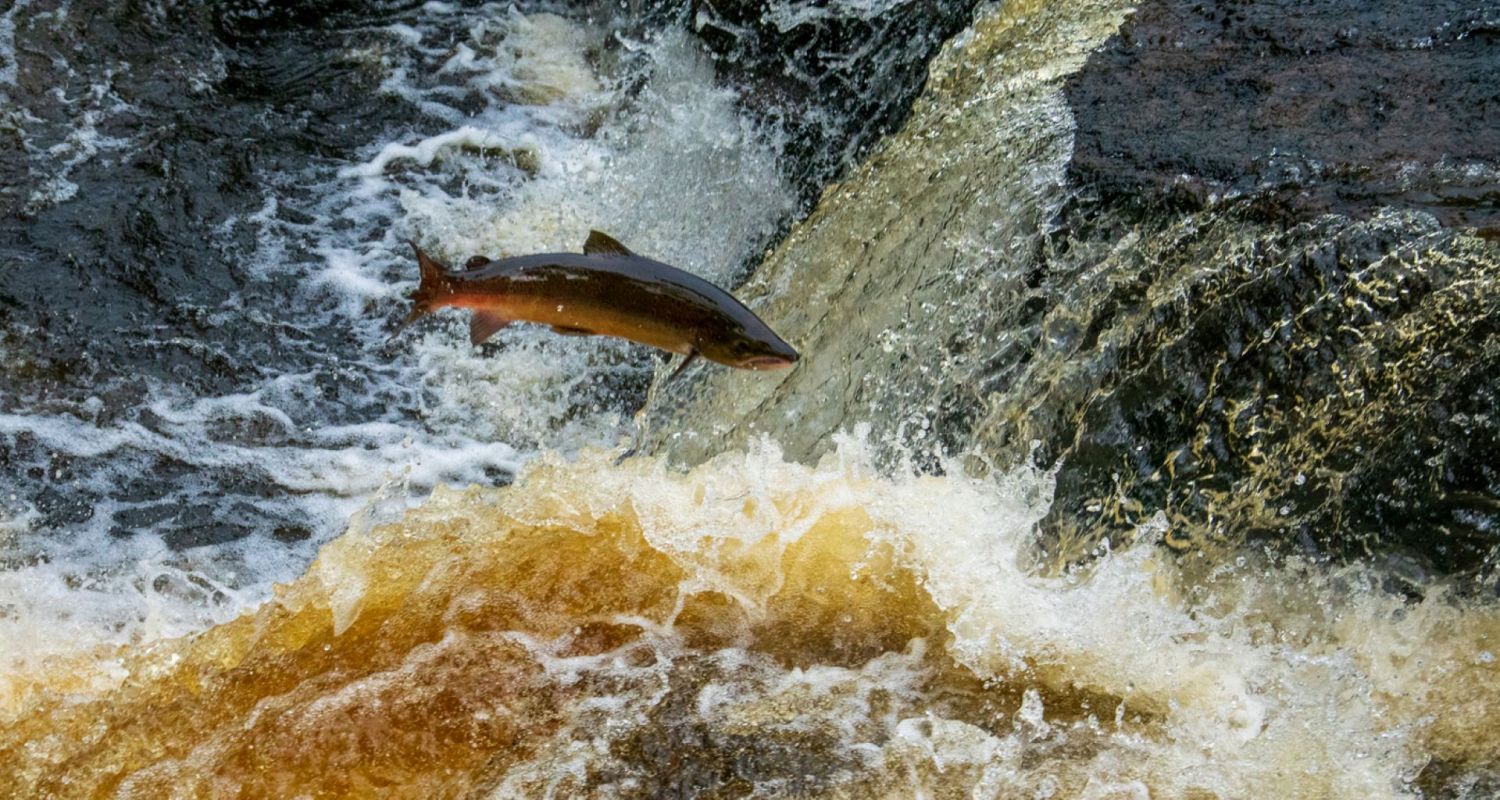Nearly a quarter of the world's freshwater fish species are at risk of extinction, according to a new report.
What happened?
Experts at the International Union for Conservation of Nature assessed freshwater fish species across the world and found that nearly a quarter of them are at risk of disappearing. Threats include a warming planet, overfishing, and pollution.
The IUCN Red List of Threatened Species assessment also found that almost one-fifth of threatened freshwater fish species are affected by the consequences of global heating. Dropping water levels, shifting seasons, and saltwater intrusion, which happens when ocean water moves up rivers, are all impacting these fish.
Why is the new data concerning?
More than half of the planet's fish live in freshwater environments, and they are integral to the health of these ecosystems, said Kathy Hughes, co-chair of the IUCN Species Survival Commission Freshwater Fish Specialist Group.
Plus, billions of people rely on freshwater ecosystems, and millions rely on their fisheries, she added. According to the Environmental Protection Agency, rising global temperatures are projected to have a significant impact on freshwater fishing because of increasing stream temperatures and changes in streamflow.
"Ensuring freshwater ecosystems are well managed, remain free-flowing with sufficient water, and good water quality is essential to stop species declines and maintain food security, livelihoods and economies in a climate resilient world," Hughes said in a press release.
This is all part of a larger extinction crisis with more than one million species at risk. One of them is the vaquita, the world's smallest marine mammal. In 2023, the International Whaling Commission issued an extinction alert for the animal, as there are only about ten left.
Plastic pollution is also threatening many marine mammals like sea turtles and fish. At least 14 million tons of plastic enter our oceans each year, and one study found that it also causes health problems for seabirds who ingest it. Maladies include slower wing growth in chicks, higher cholesterol, lower dissolved calcium, more uric acid, and more amylase in their blood.
What's being done to conserve freshwater fish?
A handful of groups focus on freshwater fish conservation. The World Wildlife Fund has designed a freshwater biodiversity Emergency Recovery Plan with its partners, including the IUCN. Some of the plan's goals include restoring free-flowing rivers and critical habitats, improving water quality, and halting overfishing.
The U.S. Fish and Wildlife Service's Fish and Aquatic Conservation program is using technology to help scientists better understand the health of at-risk populations and fight against invasive species, among other things.
Meanwhile, the latest IUCN assessment also offered a shred of hope for imperiled wildlife, as it found that the previously critically endangered saiga antelope had improved its conservation status to "near threatened" after a population increase of 1,100% in seven years. Likewise, reintroduction efforts have increased the population of the scimitar-horned oryx in Chad.
"Success stories such as that of the scimitar horned oryx show that conservation works," said IUCN president Razan Al Mubarak. "To ensure the results of conservation action are durable, we need to decisively tackle the interlinked climate and biodiversity crises."
Join our free newsletter for cool news and cool tips that make it easy to help yourself while helping the planet.









